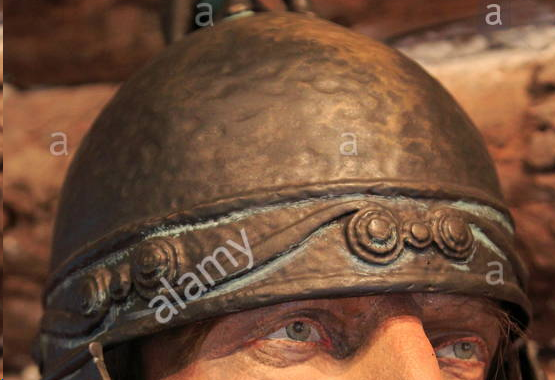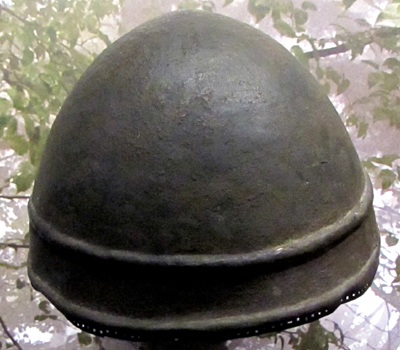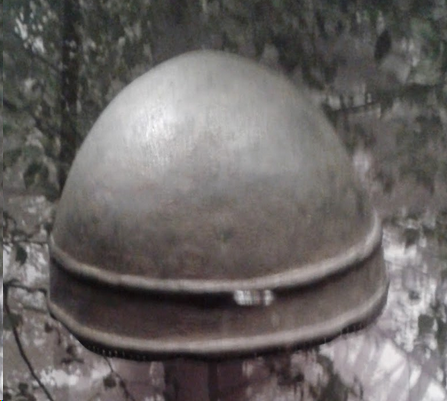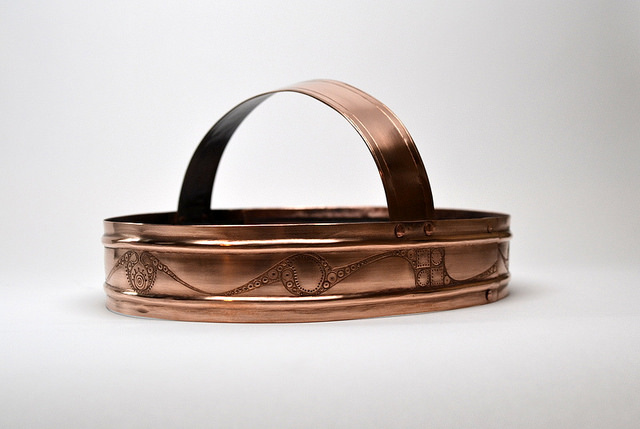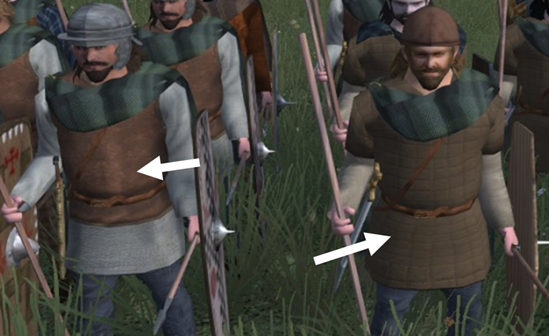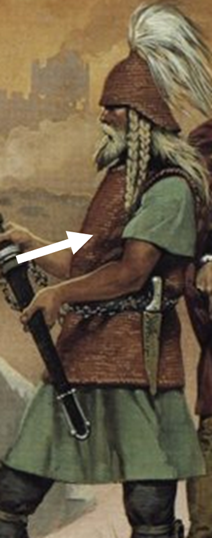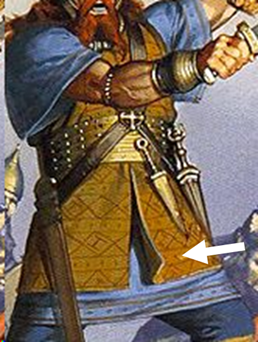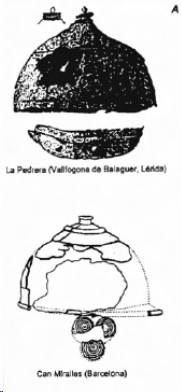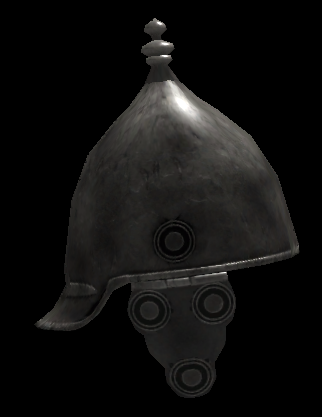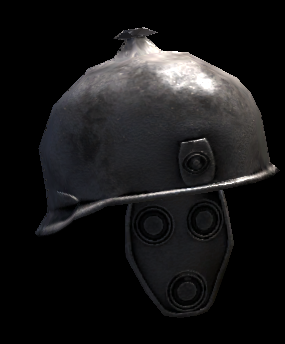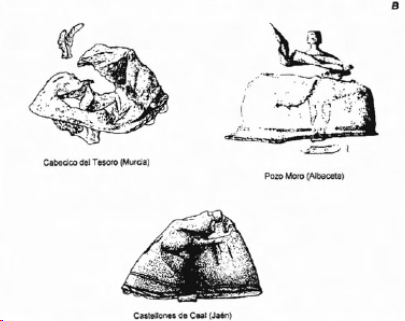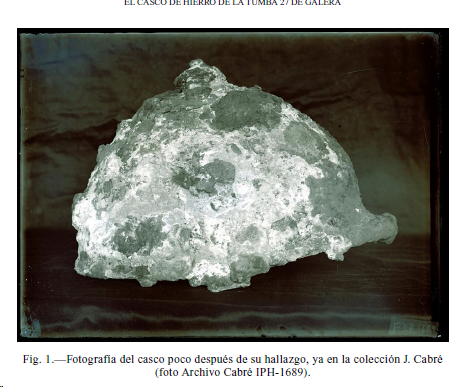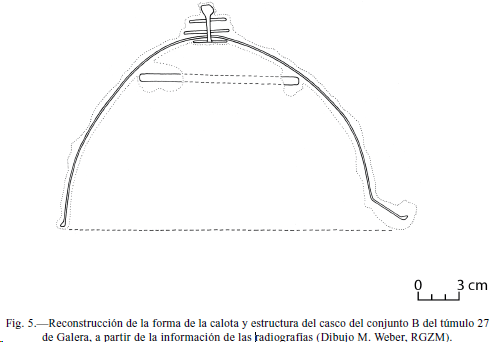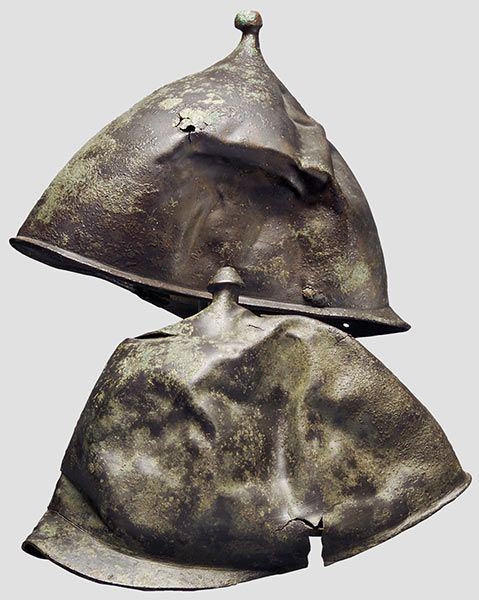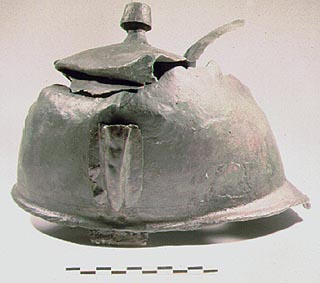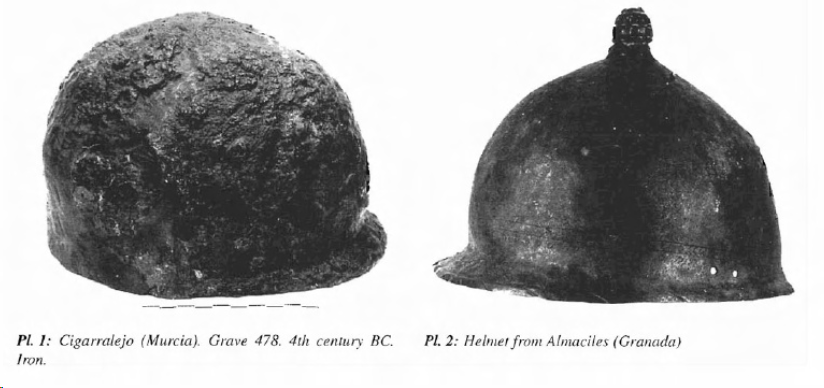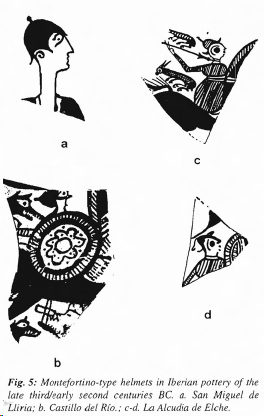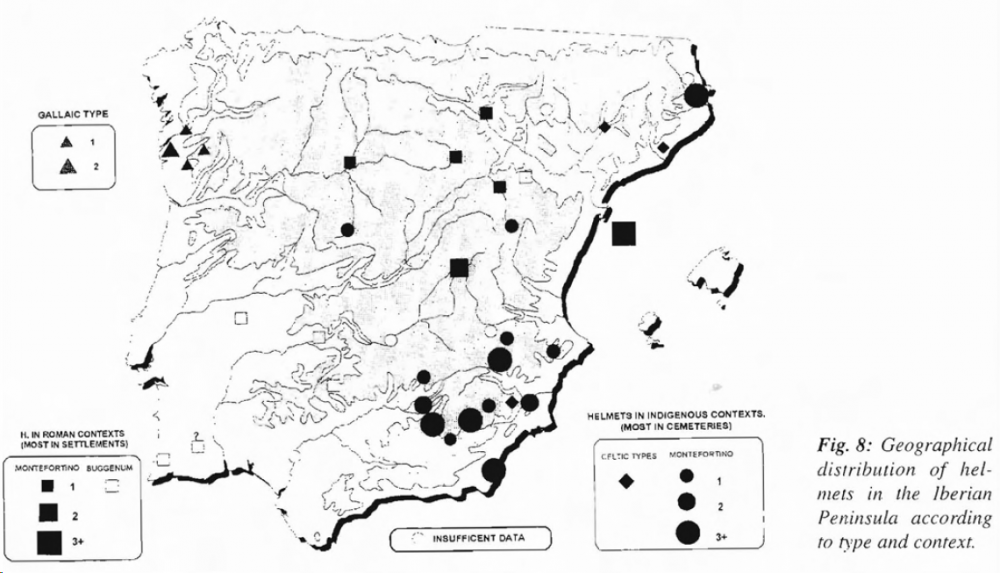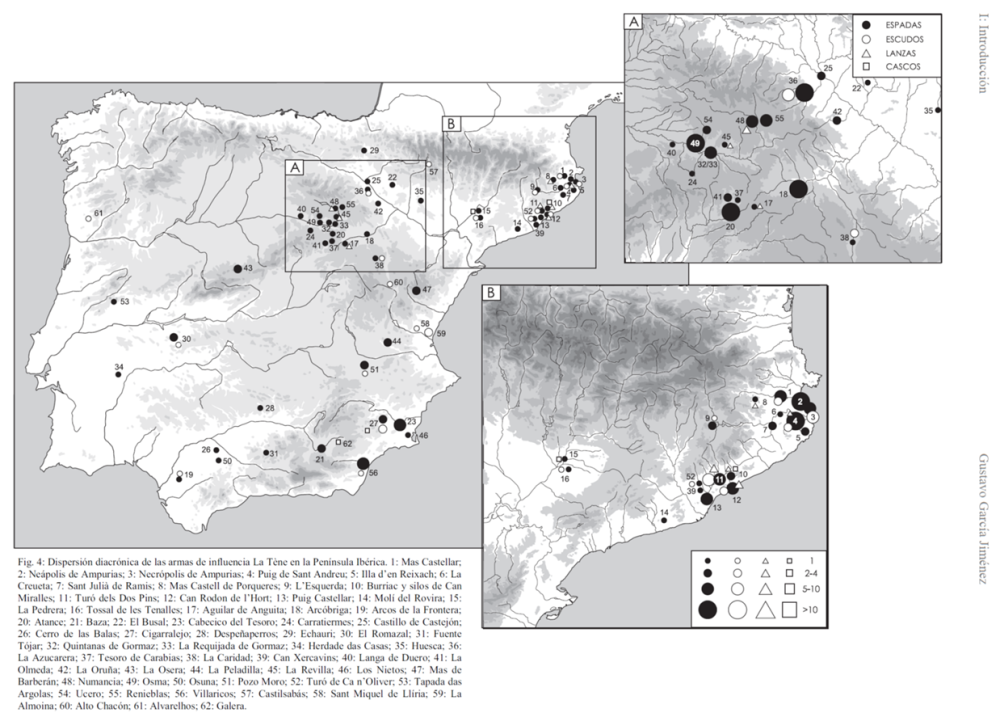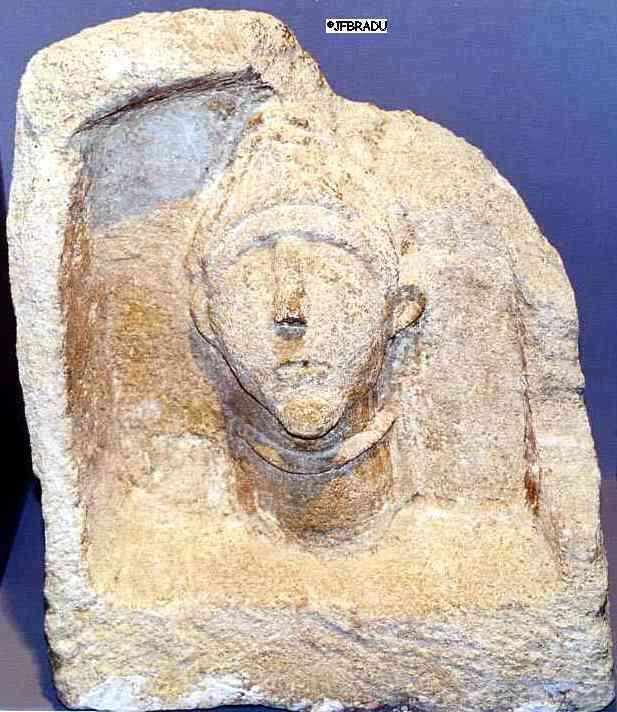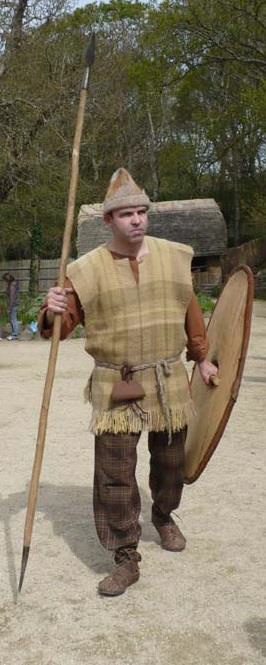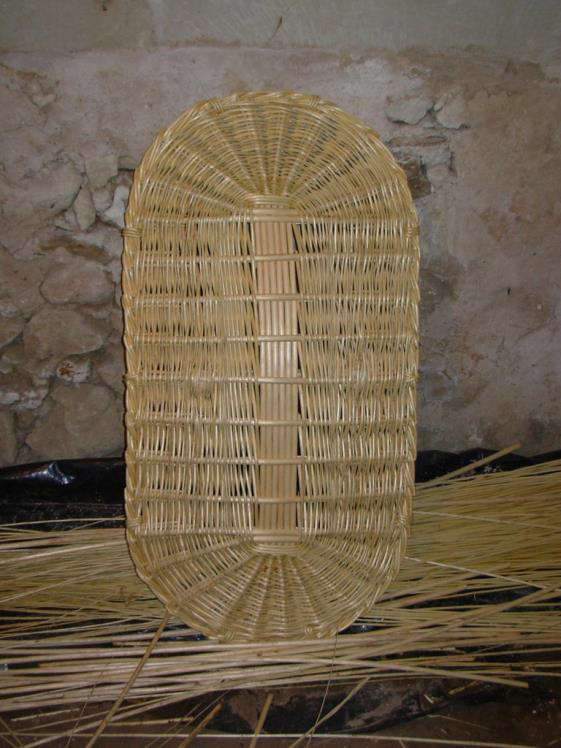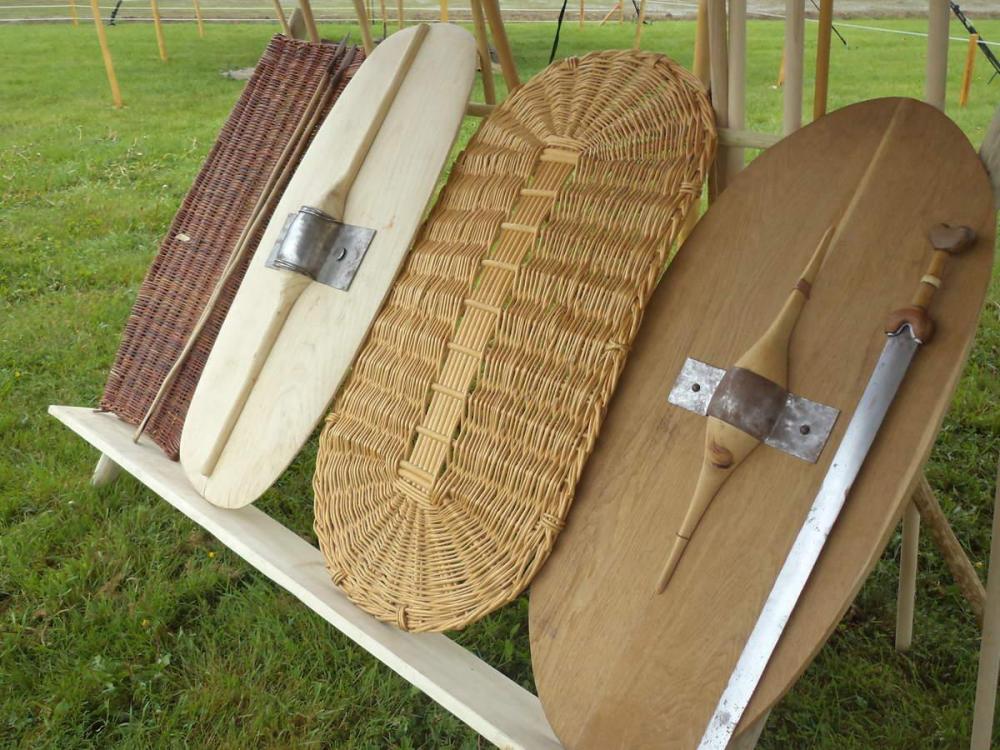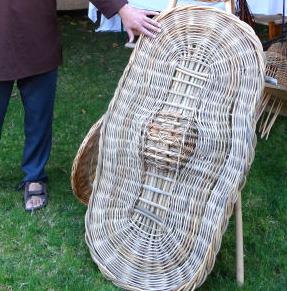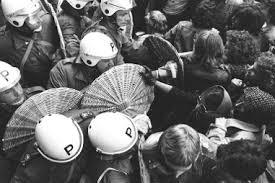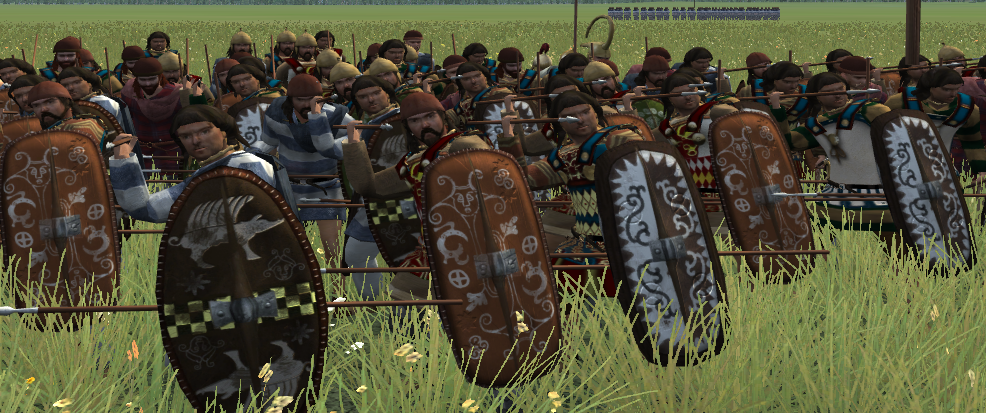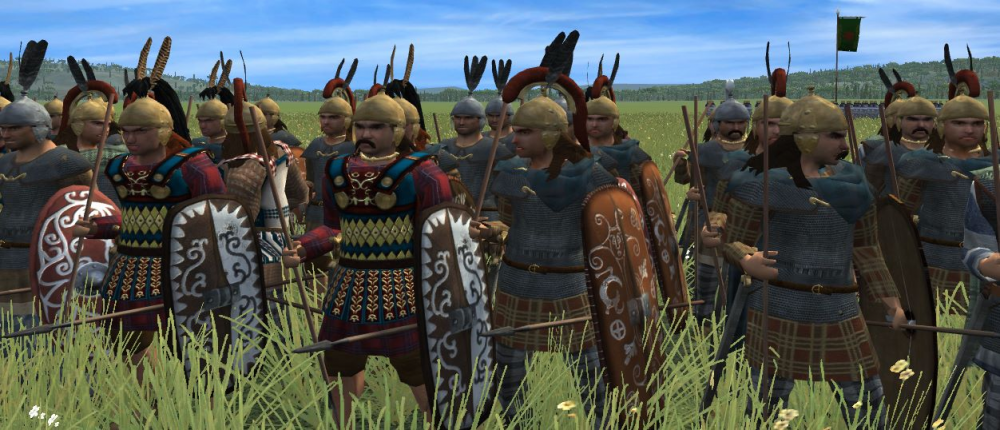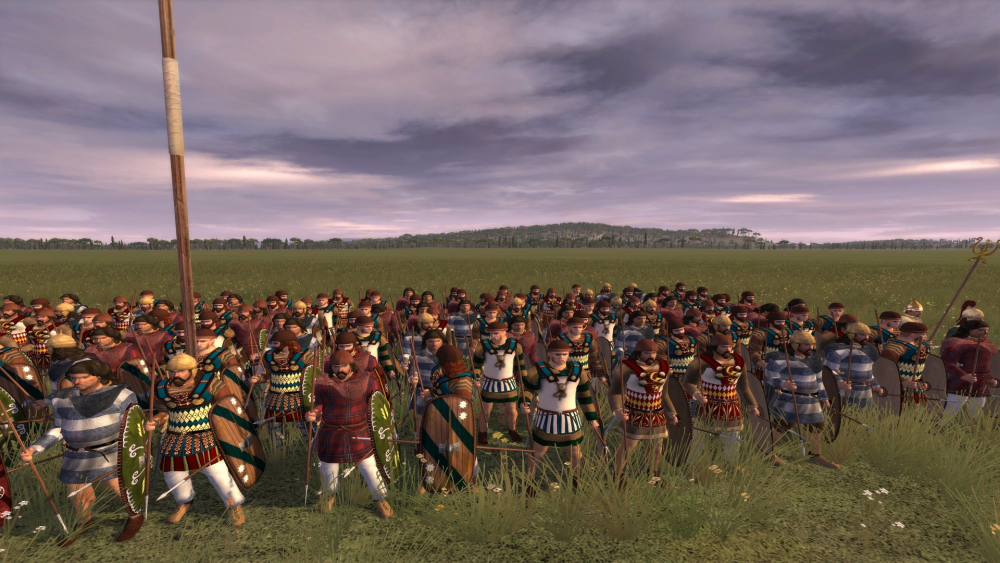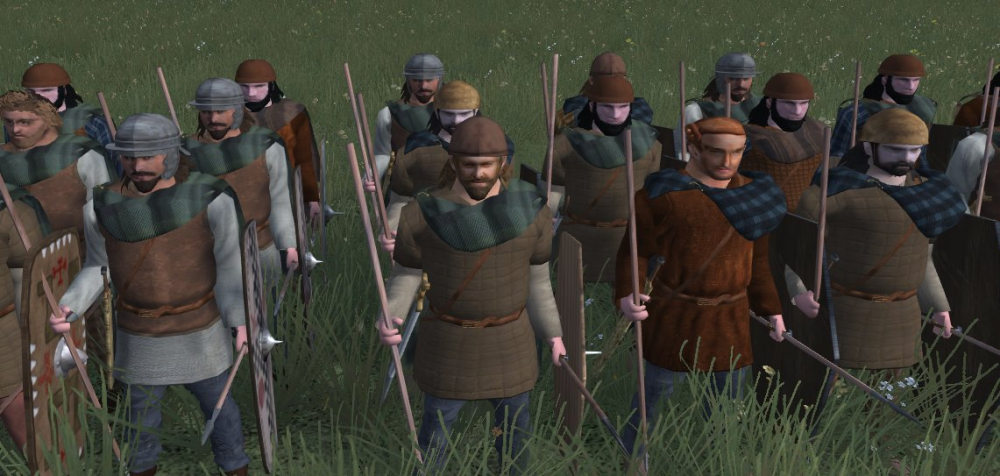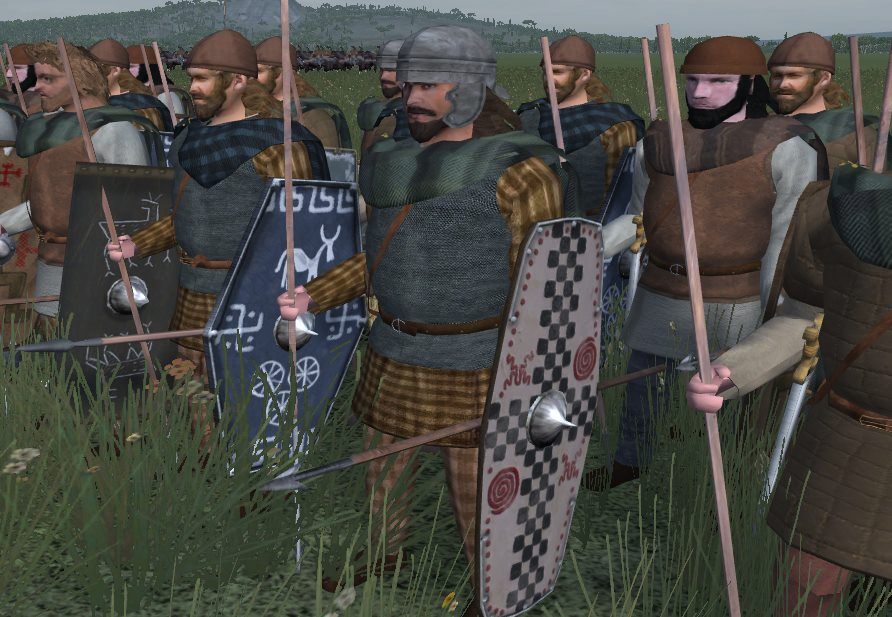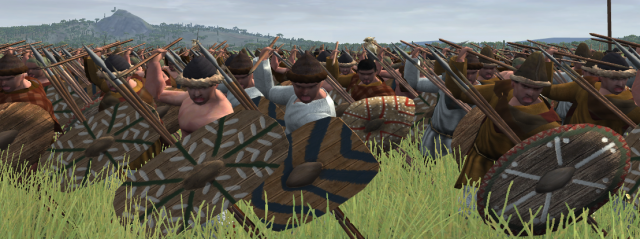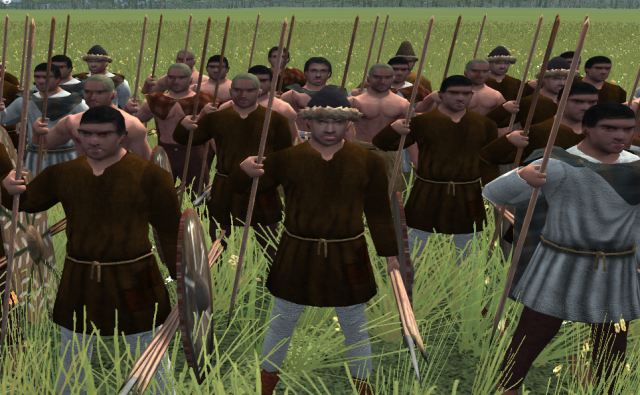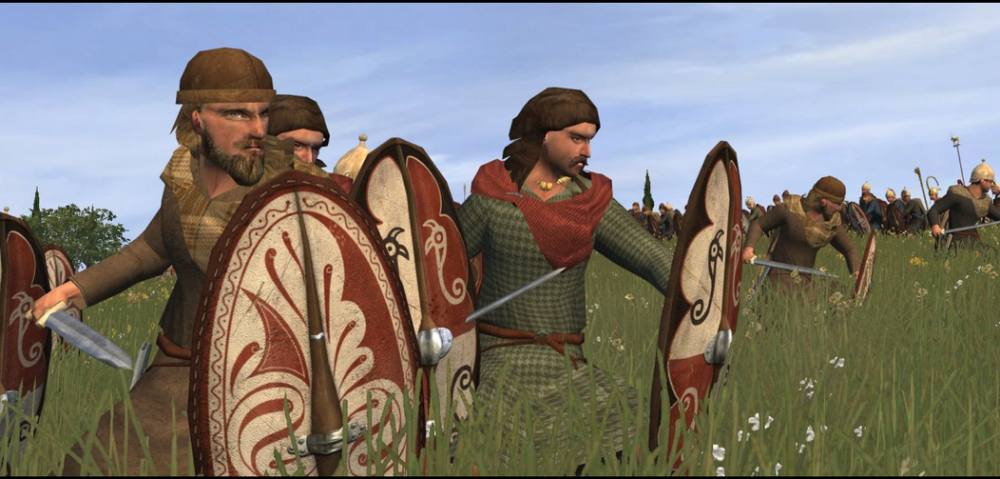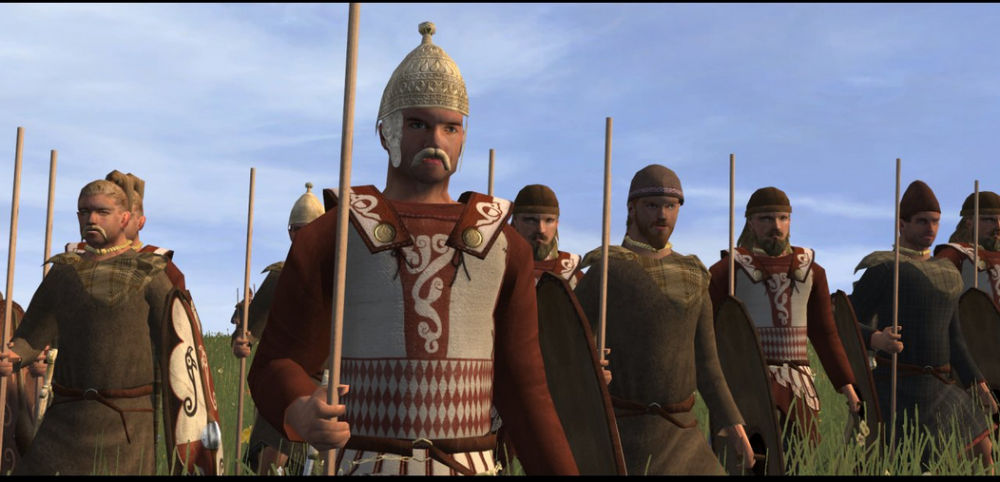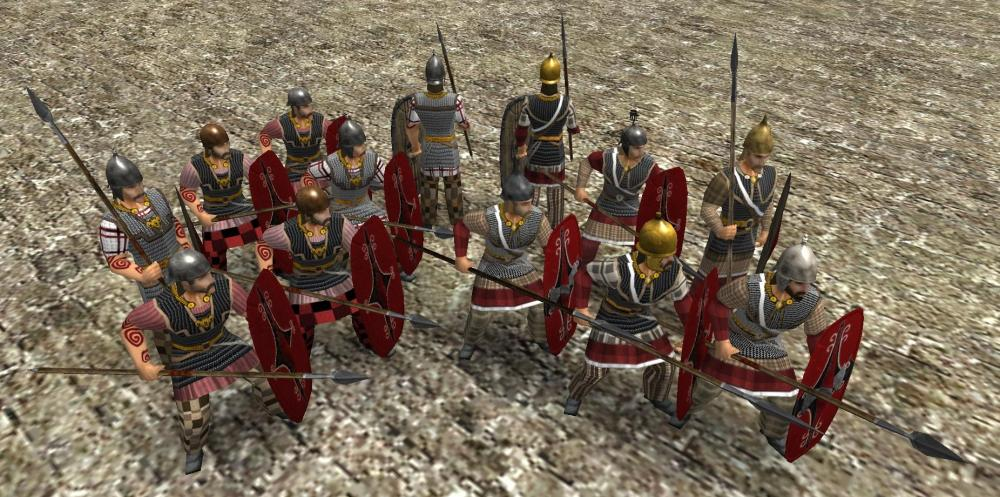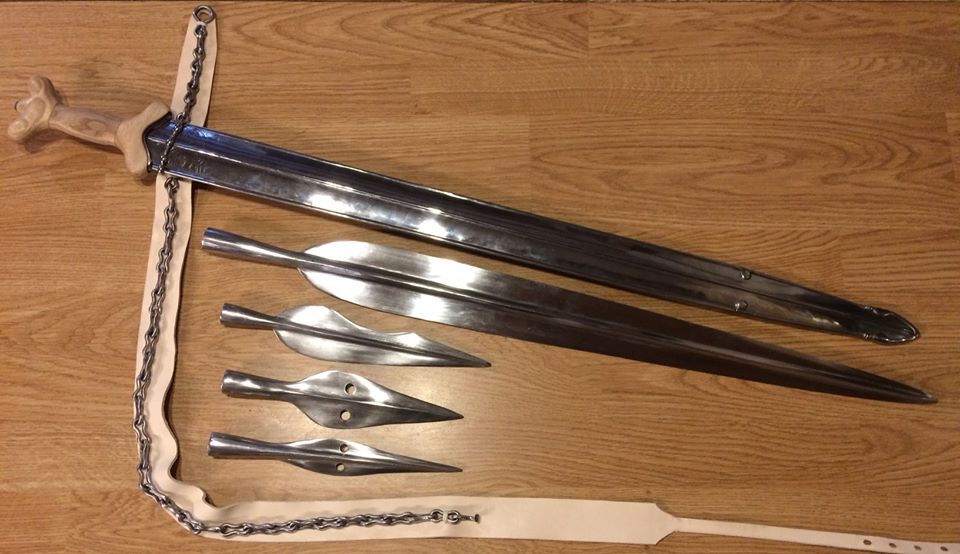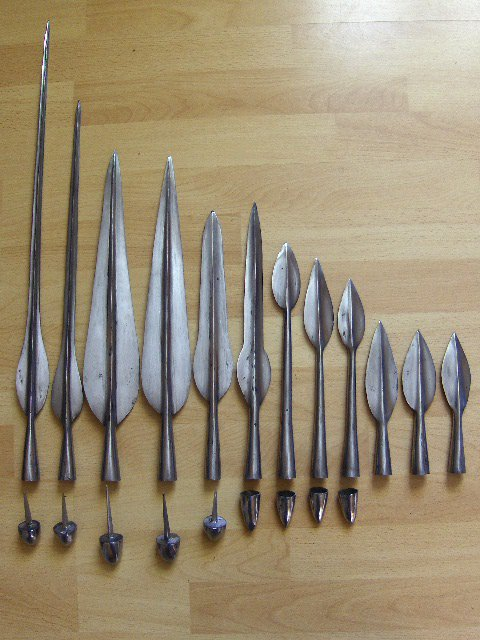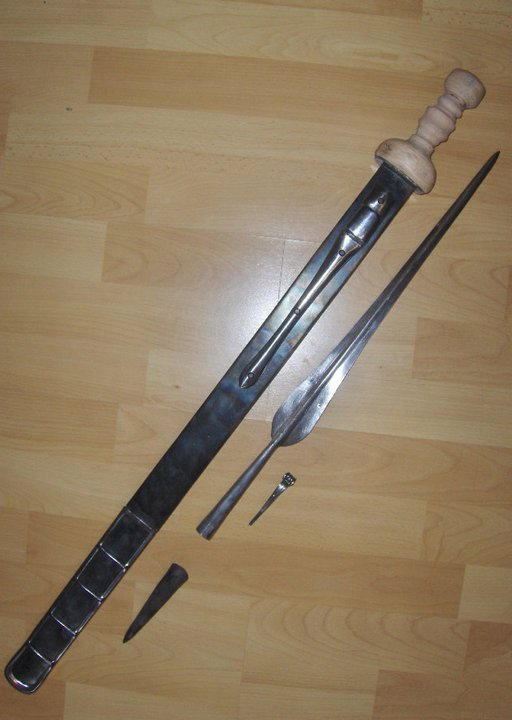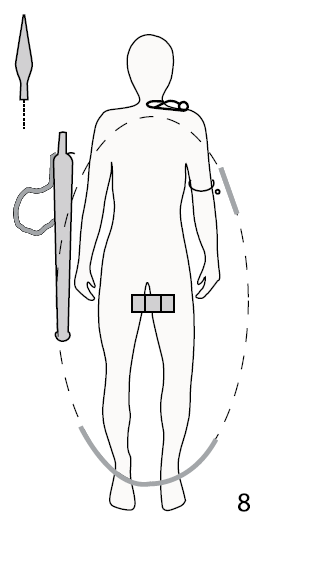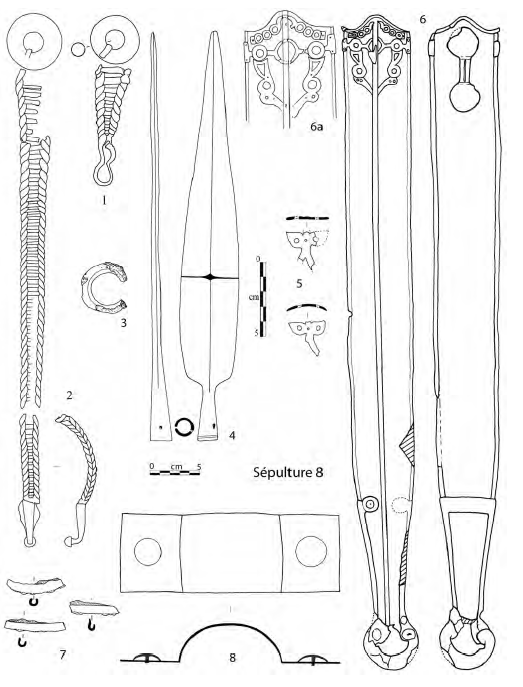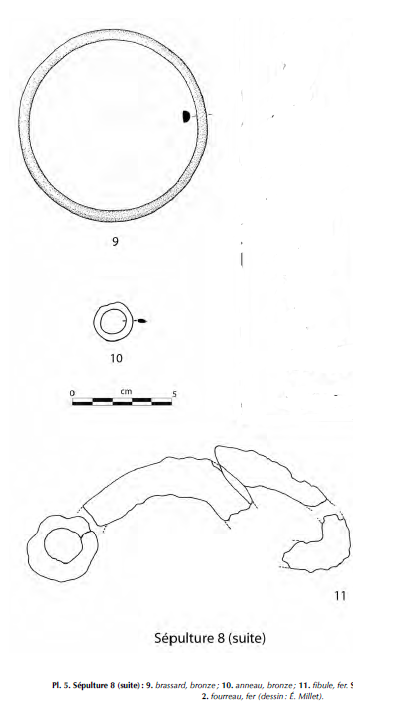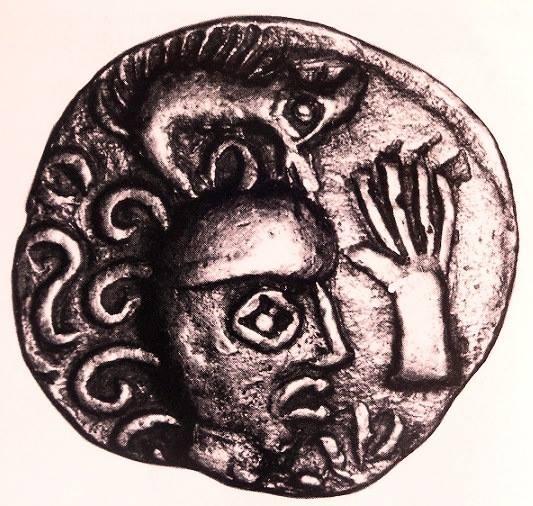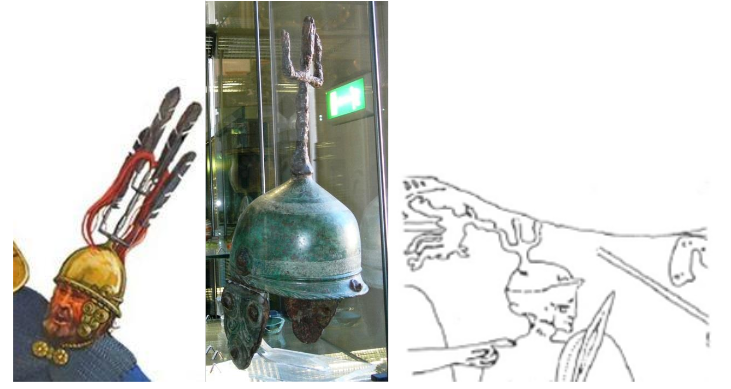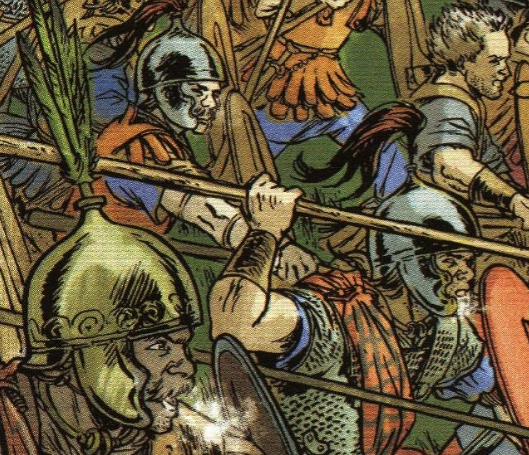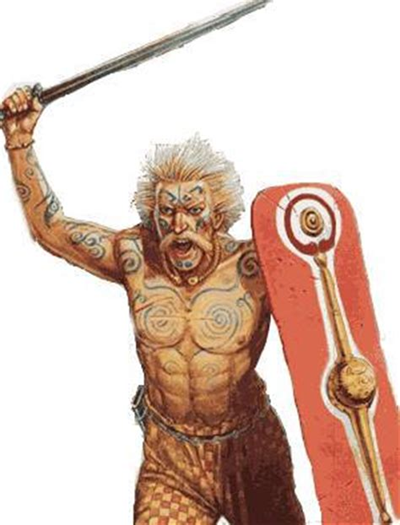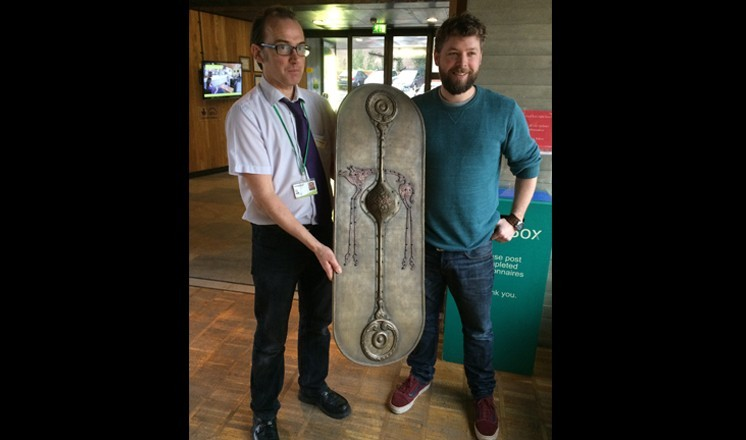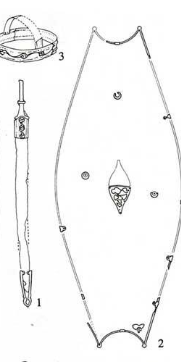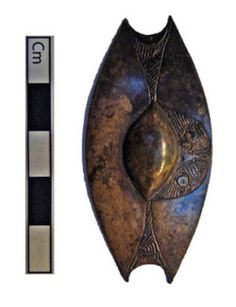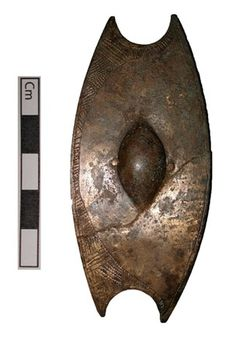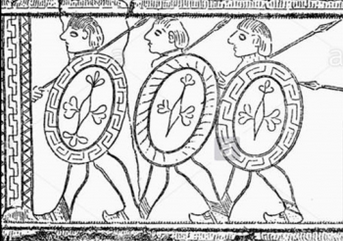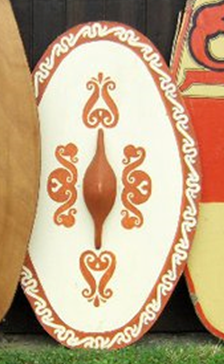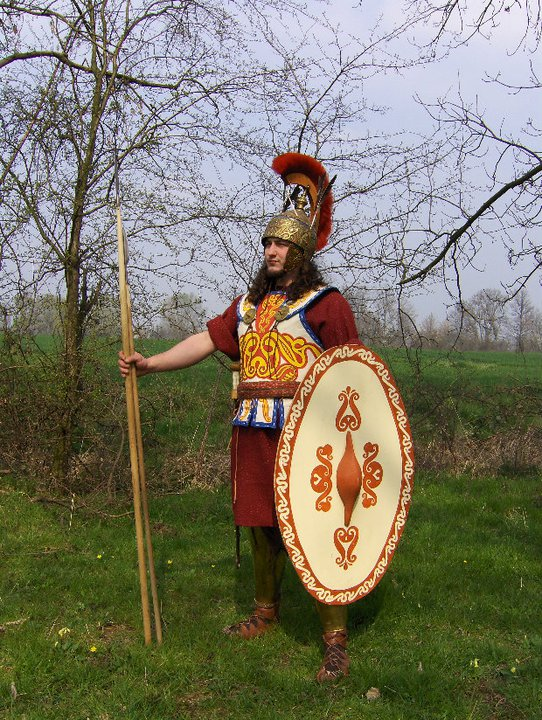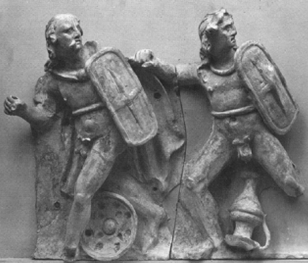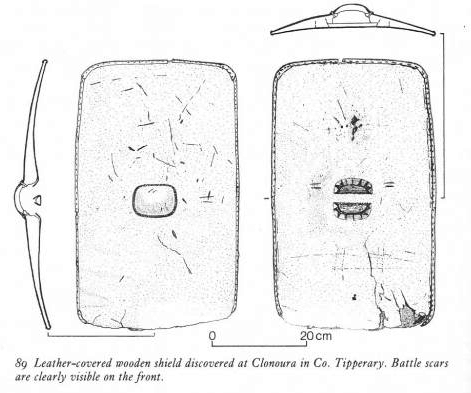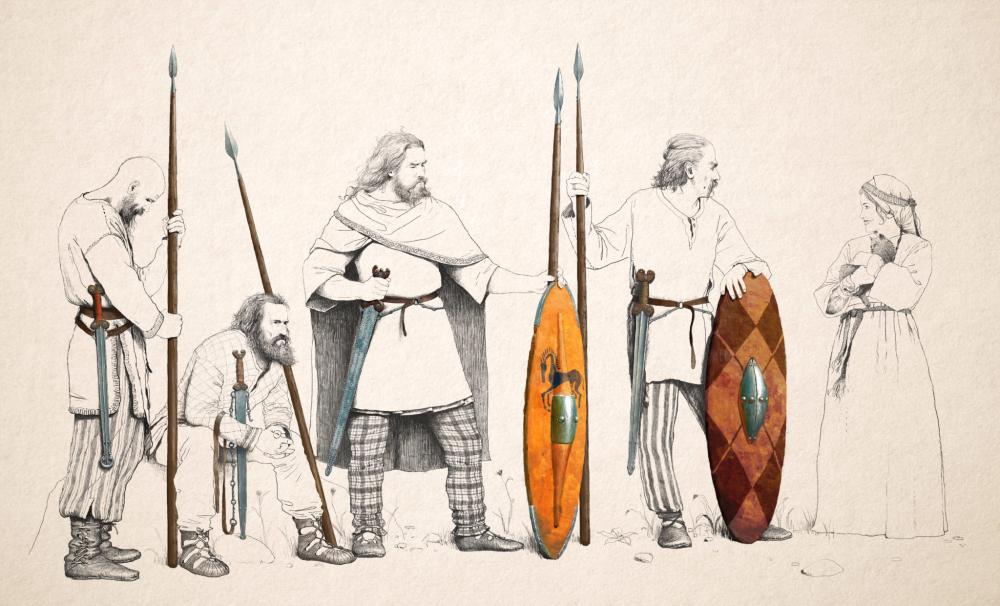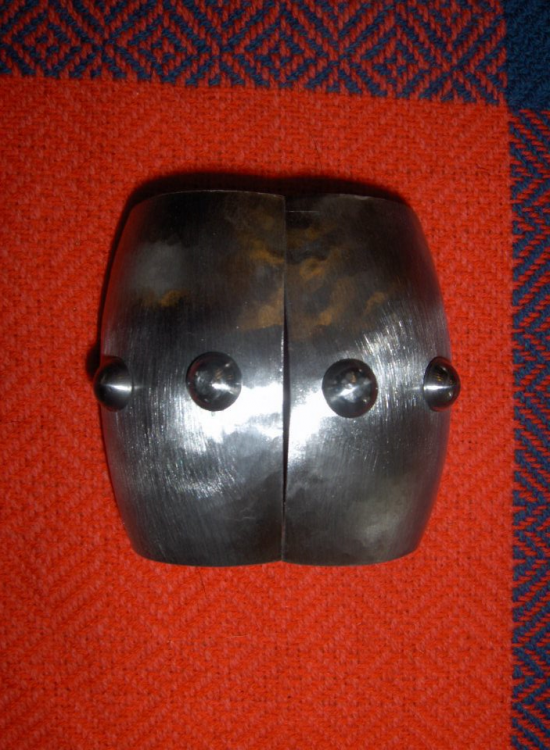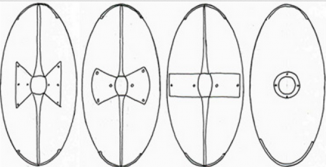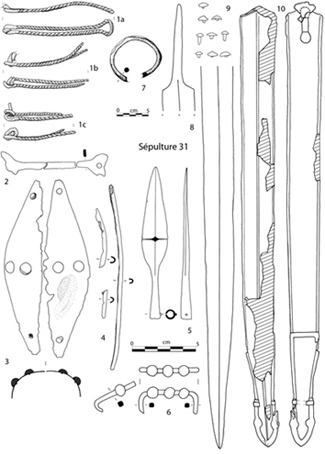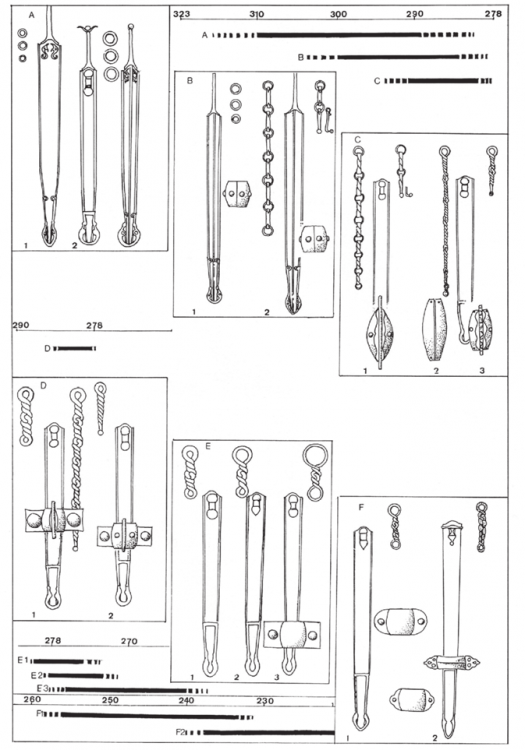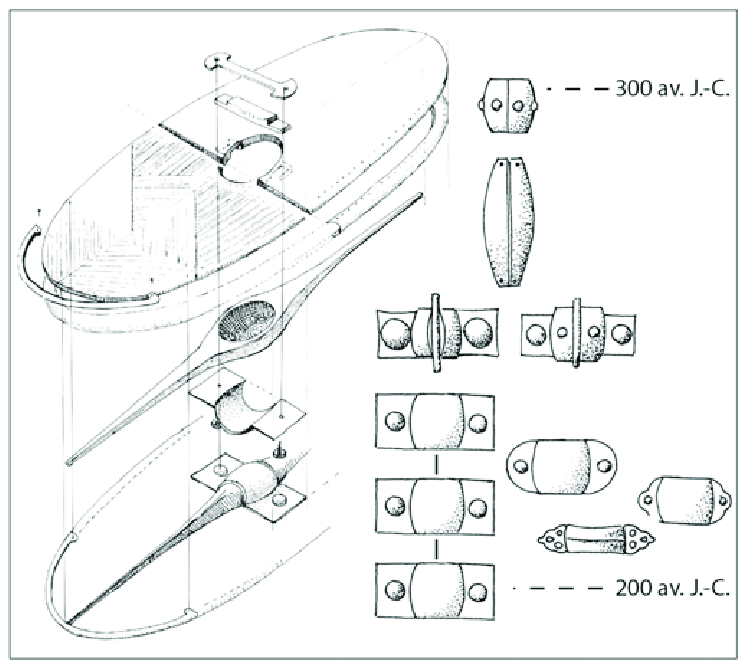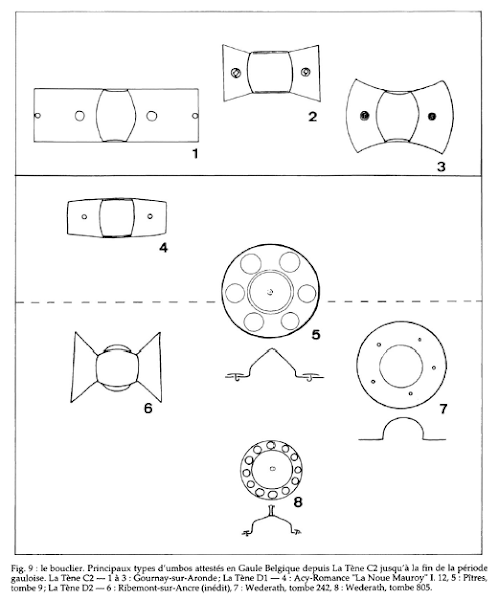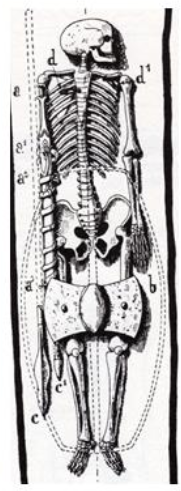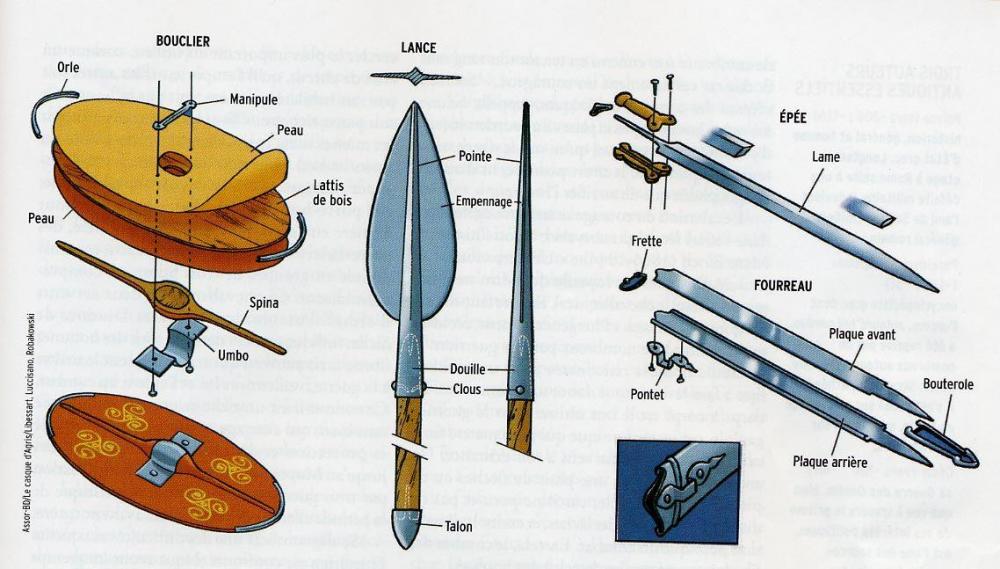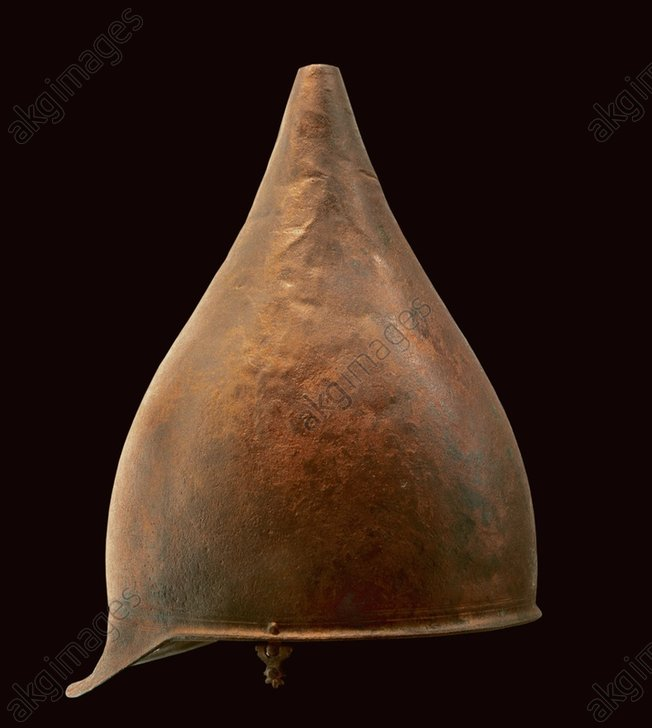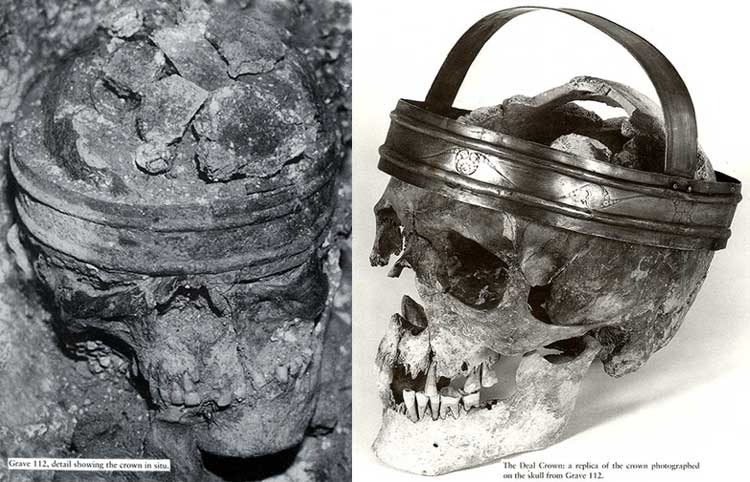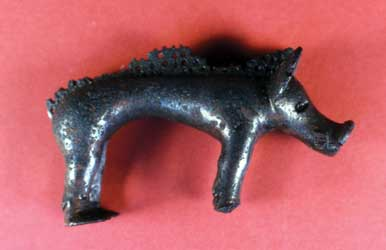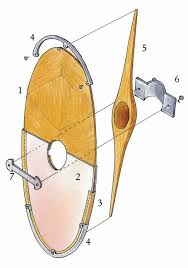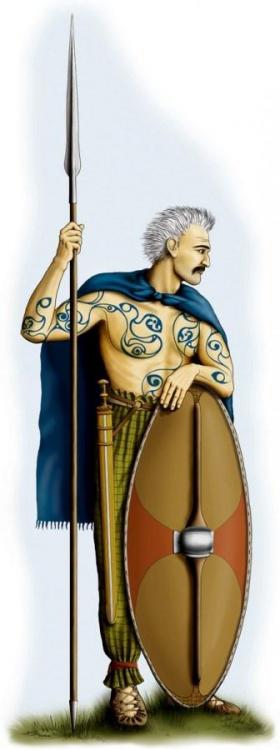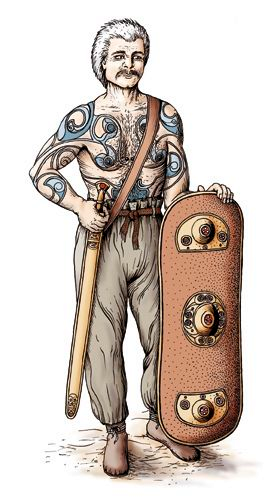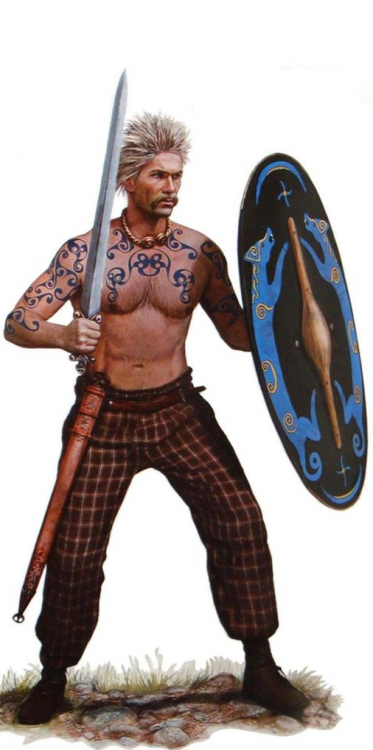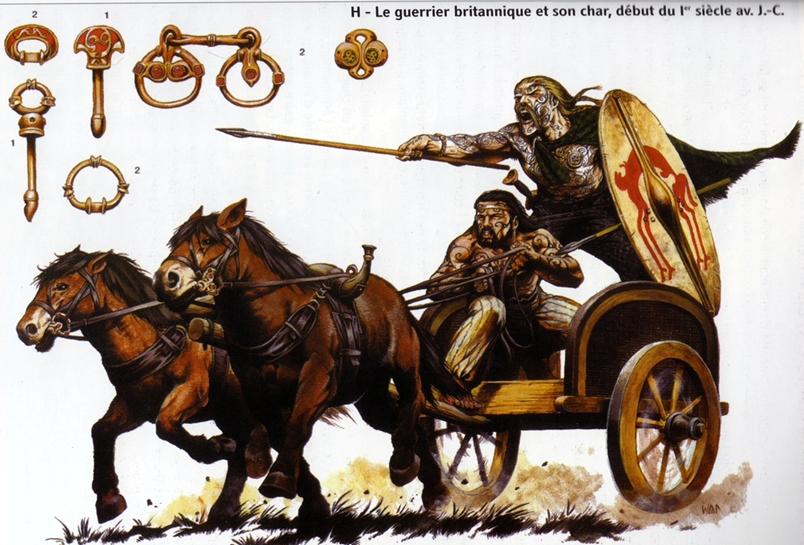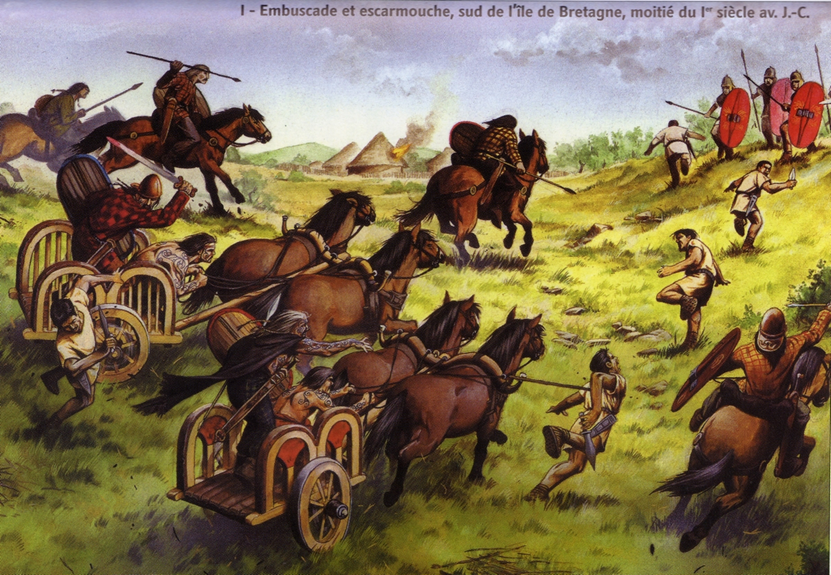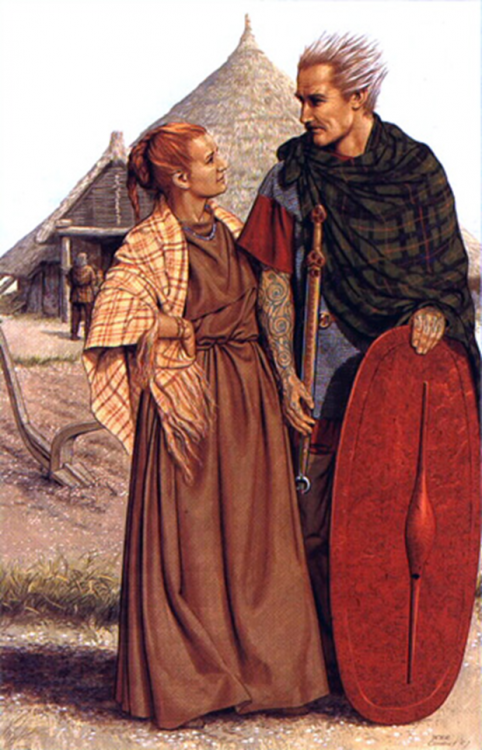-
Posts
2.401 -
Joined
-
Last visited
-
Days Won
82
Everything posted by Genava55
-
Maybe it should be possible to test it first before to apply it to a new alpha. As I said, I am motivated to find solutions to enhance the gameplay. Historical accuracy is not something always opposite to the gameplay. Any way, clearly the gameplay of the Celtic factions will change significantly however it is not an issue but a necessity I think. Currently the two factions are very similar. How this process is performed? The approbation I mean. ---------------------------------------------------------------------------------------------- By the way, I did some description for the rosters (first page, first post). It is just a sketch for the moment, I don't know if we should add other helmets for the Britons (see Britons thread). Here it is: Gauls roster: Village Swordsman - Cingetos (generic term for warrior fighting in the front line). Basic => No helmet / Trousers / Naked chest or tunic / Cape or no cape / Long shield without shield protection Advanced => Berru or montefortino / Trousers / Cape / Naked chest or tunic / Long shield with shield boss Elite => Ciumesti or montefortino / Trousers / Cape or no cape / Leather cuirass / Long shield with shield boss and orle protection Javelin skirmisher - Bagauda (bellicose/fighter) Basic => No helmet / Trousers / Naked chest or tunic / No cape / Medium wicker shield Advanced => No helmet / Trousers / Cape / Naked chest or tunic / Medium wooden shield without shield protection Elite => Berru or montefortino helmet / Trousers / Cape / Naked chest or tunic / Medium wooden shield with shield boss Sword cavalry - Eporedos (cavalryman). Basic => No helmet / Trousers / Cape / Naked chest or tunic / Long shield but with shield boss Advanced => Berru or montefortino helmet / Trousers / Cape or no cape / Leather cuirass / Long shield with shield boss and orle protection Elite => Port, Alesia or Boé helmet / Trousers / Cape or no cape / Chain mail or Leather cuirass / Long shield with shield boss and orle protection Town Champion naked warrior (spearman) - Bariogaisatos (furious spearman). Fast and scary for fresh recruit (bonus against basic version of units ?) General => Ciumesti or montefortino helmet / Naked / Cape or no cape / Medium or long shield with shield boss Spearman - Ambactos (who-is-around, attested word from Caesar for Gallic retinue and clients). Basic => No helmet but leather or textile cap / Trousers / Tunic / No cape / Long shield without shield protection Advanced => No helmet but leather or textile cap / Trousers / Tunic / No cape / Long shield with shield boss Elite => Alesia or Port helmet / Trousers / Cape or no cape / Chain mail / Long shield with shield boss and orle protection Slinger - Selgos (hunter). Basic => No helmet / Trousers / Naked chest / No cape / No shield Advanced => No helmet / Trousers / Naked chest / No cape / Small rectangular shield Elite => No helmet but leather or textile cap / Trousers / Tunic / No cape / Small rectangular shield City Champion sword horseman - Comaterecos (patrician) General => Alesia, Mihovo, Boé or Foret helmet / Trousers / Cape / Chain mail / Long shield with shield boss and orle protection Archer - Selgos (hunter) - Archers. Upgrade for the slinger! Basic => No helmet / Trousers / Naked chest / No cape / No shield Advanced => No helmet but leather or textile cap / Trousers / Tunic / No cape / No shield Elite => Port helmet / Trousers / Tunic / Cape / No shield Champion Lance cavalry - Epouanos (horse-killer). Anti-cavalry special unit. General => Need research and discuss. Need to check if we add other champions. Britons roster: Village Spearman - Catucos (combatant) Basic => No helmet / Trousers / Naked chest and body paint / No cape / Medium shield without shield protection Advanced => No helmet / Trousers / Cape / Naked chest and body paint/ Long shield with simple shield boss Elite => Coolus or Meyrick helmet / Trousers / Cape / Tunic (thick?)/ Long shield with complex shield boss and orle protection Javelin skirmisher - Adretos (who runs fast, attacker). Basic => No helmet / Trousers / Naked chest and body paint / No cape / Medium shield without shield protection Advanced => No helmet / Trousers / Cape / Naked chest and body paint/ Medium shield with simple shield boss Elite => Coolus or Meyrick helmet / Trousers / Cape / Tunic / Medium shield with complex shield boss and orle protection Light cavalry with javelins - Marcacos (cavalryman). Basic => No helmet / Trousers / Naked chest and body paint / No cape / Medium shield with simple shield boss Advanced => Coolus or Berru helmet / Trousers / Cape / Naked chest and body paint/ Long shield with simple shield boss Elite => Coolus or Meyrick helmet / Trousers / Cape / Tunic (thick?) / Long shield with complex shield boss and orle protection Town Slinger - Telmiuicos (slinger) Basic => No helmet / Trousers / Naked chest and body paint / No cape / Small shield without shield protection Advanced => No helmet / Trousers / Cape / Naked chest and body paint/ Small shield with simple shield boss Elite => Coolus or Meyrick helmet / Trousers / Cape / Tunic / Medium shield with simple shield boss Lance cavalry - Epossos (horseman, raider or "knight"). Basic => Mill Hill Headband / Trousers / Naked chest and body paint / No cape / Long shield with simple shield boss Advanced => Coolus or Berru helmet / Trousers / Cape / Tunic (thick?)/ Long shield with complex shield boss and orle protection Elite => Coolus or Meyrick helmet / Trousers / Cape / Chain Mail / Long shield with complex shield boss and orle protection Swordsman - Batoros (who-hit-hard, fighter). The Caledonians are described as using longswords and small shield and the Picts are described fighting naked. Basic => No helmet / Trousers or naked / Naked chest and body paint / No cape / Small shield without shield protection Advanced => Mill Hill Headband / Trousers / Cape / Naked chest and body paint / Medium rectangular shield without shield protection Elite => Coolus or Meyrick helmet / Trousers / Cape / Naked chest and body paint / Long shield with complex shield boss and orle protection War-Dogs - Agrocuna (battle/bloody/killer dog) Irish Wolfhound, Scottish Deerhound, English Mastiff, Irish mastiff (breed) City Champion chariot warrior - Esseda (war chariot). The Britons use war chariots with a driver and an elite warrior, they throw javelins from it and continue the fight on foot (possibility for the unit to transport one infantryman ?) General => Berru or Meyrick helmet / Trousers / Cape / Naked chest and body paint or Tunic (thick?)/ Long shield with complex shield boss and orle protection Champion swordsman - Argos (battle champion, noble) General => Mill Hill Headband or Berru helmet / Trousers / Cape / Chain Mail/ Long shield with complex shield boss and orle protection Champion skirmisher infantryman - Caur (old-Irish for champion). I propose an Irish elite javelinist, with a historical irish shortsword. If the double weapons switch is implanted, it could be an interesting unit. Polyvalent. General => No helmet / Long gaelic dress / Cape / Medium rectangular shield with shield protection
-
The possible British helmet from the Ashmolean museum (should be bronze but impossible to gather information about it) : Pseudo-reconstitution made by the museum Andover (not very accurate but why not): Complement for the Mill Hill Deal crown/headband: Possible suggestion for a thick tunic protection different of the linothorax from the Gauls:
-
.thumb.jpg.b21ca1d0c15fb56b42c39b25a0a40815.jpg)
===[COMMITTED]=== Celtic Unit Helmets
Genava55 replied to Alexandermb's topic in Completed Art Tasks
Yeah I am trying to do something in the first post of this thread, updating the roster with basic description: -
.thumb.jpg.b21ca1d0c15fb56b42c39b25a0a40815.jpg)
===[COMMITTED]=== Celtic Unit Helmets
Genava55 replied to Alexandermb's topic in Completed Art Tasks
North iberians (Catalunya) have used Celtic type of Montefortino helmet, especially iron type: There are native version of Montefortino helmets in Iberian burials (round points on the map), exclusively in bronze: The only possibility to use others Celtic helmets is for a regional South Aquitanian unit (Iberic/Basque speaking). It is possible. For the Celtiberians, I don't know if the team want to solve this issue yet or if we just add Celtiberian merc units to the Iberians. Source: https://www.academia.edu/727108/_Montefortino-type_and_related_helmets_in_the_Iberian_Peninsula_a_study_in_archaeological_context_ Celtic (La Tène) items in the peninsula, squares are helmets, black circles are swords, light circles are shields and triangles are spearheads: Source: -
For the textile / leather cap, how EBII depicted them: Cisalpine warriors from EBII: Armorican warriors from EBII: Germanic units from EBII:
-
.thumb.jpg.b21ca1d0c15fb56b42c39b25a0a40815.jpg)
===[COMMITTED]=== Celtic Unit Helmets
Genava55 replied to Alexandermb's topic in Completed Art Tasks
It is an unique helmet found at Tintignac, votive offering. The helmet was symbolically killed and put in a hole with carnyx and others helmets (killed as well). Thus let's call it "Tintignac". Good job by the way. https://en.wikipedia.org/wiki/Tintignac -
-
From what I see there (a screenshoot of wackyserious), the spearhead seems correct. Is there only one? From my point of view, it is not very important, I have the feeling that most of the people won't notice a change on this aspect. If someone thinks it is good to add more variation, you can do one of the bigger spearhead or another spearhead you find interesting. From the schema you quoted or from these reconstitution:
-
-
Between fifty and sixty centimeters for the scabbard and the blade is the average in middle La Tène. The Kirkburn sword of the Britons is a sixty cm scabbard for example. Thus the one you did should be ok with a sixty cm. Late La Tène swords can reach easily 80 centimeters. Edit: I think it is not necessary to make different scabbards for the Celts. In the game, it is hard to see that much the details as you said. You can keep it like this if you want. Just move it to the right side. No need for more details. Clearly yes, your model is nice. Better than I expected for this resolution. Bravo. Yep, he is right. Celts carry their sword on the right side.
-
The pigments used by Franck Mathieu (it is one of his re-enacted Cisalpine warrior for one of his book) are totally natural. By natural, I mean based on products you can find in the nature and very little chemistry involved (heating, mixing etc.). Is it historically accurate? Maybe not. Some products, although natural, are difficult to get depending of the region, like some specific minerals. Did they were enough trade to get them? We don't have enough evidence for this yet. The colors from this re-enacted warrior is a bit exaggerated by the saturation of the numeric picture yes indeed. Moreover, the pigments are fresh and everything is in a good state, little used. It is maybe the main problem with natural pigments: their durability. In fact it is really easy to get any color from natural plants and minerals, even purple. The problem is that their color and bright doesn't stay long with the humidity. The best and overpriced pigments were the ones that stay longer. Then yes, the colors are general too bright on re-enactors. In this case, a Cisalpine warrior, it is really possible to find this kind of crest on a Gallic warrior. There was quite a few Italic equipments found in the burials of Cisalpine Celts, even pilum. This kind of crest is also found on Celtiberian pottery. Probably they were not common on the whole continent for the Gauls. The attested typical Gallic crest are these: And very probably these kinds:
-
Wow. Amazing work, @Alexandermb You really did something great. It is so great to see the facing griffins/birds/dragons symbols, these are symbols very popular on the continent from the 4th to the end of the 3rd century BC. The variations you did with the shapes and the spina are really great too. For the Britons, you can make the long and narrow shape of the Witham shield. For the spina shape, you can make an oval spina like on these shields, I don't think you have done it yet: You can also re-use the small square shield of the slinger. Although it doesn't need really any modification, nor any shield bosses. For the Gauls, I think there are enough different big shield shapes. If you want you can add a medium large oval shield like it is depicted on this early La Tène scabbard: For both Celtic factions, I think it should be great to do the medium size and rectangular shape of the Clonoura Shield: Now for shield bosses, I can suggest you for the Gauls these early/medium La Tène version: For the Gauls again, the shield bosses of the Late La Tène phase:
-
Yeah the problem is that there are very few helmets found in Britain. Maybe the Berru helmet could be used as well, as the British Celts are connected to the Early phase of La Tène, when even the Gauls used mostly chariots. It is a small divergence from accuracy but it still plausible. This version of the Berru typology has a hole for a crest, feather, decorative-what-ever-thing: https://www.akg-images.fr/archive/-2UMDHURMT72S.html The Mill Hill Deal crown head-band can be used as well: And finally, boar figurines are known in Britain, thus maybe one crested on helmet is possible as well.
-
@Sundiata @Nescio @stanislas69 A question about how much do you want to respect an accuracy about the weapons for the game. Currently there is an evolution of the weaponry on a large timespan that is used by the artists to design the units. 4 centuries of differences, it is mandatory that it ends a bit anachronistic. It is not really that bad, but I want to ask your opinion first. We can either let it like this, using all the items we want on the same unit to add the maximum of varieties. No regards for accuracy between the items used by an unit. For example a Berru helmet (5th / 4th century) and a shield with a round shield boss (1st century BC) on the same unit. Or we can follow simple guideline for the unit upgrade with experience. For example the infantryman get a Montefortino helmet (4th / 3rd century) in his advanced version but when he reaches the elite version he get a later helmet like the Alesia or the Port helmet. The same logic for the shield bosses. Thus each upgrade from experience follows a temporal evolution logic. Which is fairly simple, it is only Early and Middle La Tène versus Late La Tène. Or a logic based on the moment the unit got available. Village = Early La Tène ; Town = Middle La Tène; City = Late La Tène. The champion units will only have Late La Tène equipment. Finally, a mixture of 2 and 3.
-
.thumb.jpg.b21ca1d0c15fb56b42c39b25a0a40815.jpg)
0 A.D Romans should cover more than 1 century
Genava55 replied to Diatryma's topic in Eyecandy, custom projects and misc.
Yeah maybe it was a bit harsh. In fact, I understand the choice of the Polybian era, but it makes the things quite complicated to keep everything accurate within this time-frame. -
-
.thumb.jpg.b21ca1d0c15fb56b42c39b25a0a40815.jpg)
0 A.D Romans should cover more than 1 century
Genava55 replied to Diatryma's topic in Eyecandy, custom projects and misc.
Personally, I would have preferred a Roman faction going from the Latin Wars to the Anthony's civil war. It is more interesting to have a faction that can evolute, from the Camillian army to the Cesarean army. Moreover, there aren't any strict boundaries for the Roman evolution. Nor for the culture, nor for the society, nor for the army. Things like the "Marian reforms" never existed, these are the kinds of popular beliefs spreading over the Internet. Edit: but it isn't the place to discuss this. For the ships symbols, I suggest the Janus double-face, the She-wolf with a ROMA writings and the Pegasus. There is a coin with an eagle from the thied century bc, I put it above. It could be used as well.



